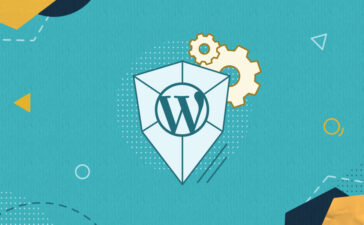Chemical etching and laser cutting share the same basic principles of being a subtractive manufacturing method used in this instance to cut/ etch precision metal parts that are used in a wide variety of industries. Each method can achieve fantastic levels of intricacy and detail which are very often required of metal parts that fit into smaller and more complicated appliances or computer parts for example. Think about items like speaker grilles, filter, heat exchangers and encoder discs; these are just a taste of what chemical etching can achieve. Where specifications and measurements need to be exact on an industrially-repeated scale, chemical etching can quite easily achieve this. In this article we’ll look at some of the similarities and differences between the two manufacturing methods and in particular with metal parts.
Pattern or Stencil Complexity
As mentioned briefly above, the level of complexity that can be achieved by both processes is impressive but there are, of course, some differences. Firstly, the main difference between the two is the simple fact that chemical etching works on the entire sheet metal whereas laser-cutting is obviously limited to the site of the laser. Lasers can work increasingly quickly but thanks to the very nature of the chemical-etching method, it means that the entire surface gets worked on concurrently. The etchant is sprayed over the entire sheet metal which gets to work on the metal immediately.
By virtue of using an etchant to dissolve away the unwanted material, this means that the metal’s integrity, ductility or grain structure is not affected. A laser is a high-energy process that can result in unwanted changes to the metal’s integrity. In order to achieve the desired stencils and patterns for the metal etching, both processes use CAD designs so the stencil is easily repeatable. As both can achieve great precision and detail, it comes down to other factors such as reliability or consistency across the production technique and this is where chemical etching really shines.
Lead Time
The total time taken to produce a finished product is quite low for both processes but chemical etching just edges out laser-cutting when the process is expanded to an industrial scale. Laser etching is definitely scalable but this obviously requires more lasers to handle larger production requests. Chemical etching can easily handle industrial-scale production runs thanks to the fact that the chemical process takes place across the entire sheet metal – it’s extremely efficient in this regard. A laser can only work so fast even when multiple are used.
The development and progression of the chemical etching field has grown so much that it has reduced production times for fine-detail metal products from months to weeks in many instances. Another feature that improves lead times is that chemical etching is a burr and stress-free process so the end product needs only a clean and then it’s finished. Whereas laser-cutting can result in thermal-induced stresses which is obviously undesirable for certain products.
Expense
This is really where chemical-etching shines as it’s the more affordable option when looking at an industrial-scale production run. Laser cutting is good for prototyping and doing one-offs or a low unit order. Chemical etching is also great for going from prototyping to industrial-scale production. Prototyping is simply a matter of making adjustments on computer software which can then be immediately applied to the manufacturing process. Going from prototyping to production could be as short as a matter of days which is reflected in the price as production runs can be relatively quick depending on their size.
Chemical etching, in this regard, is suited to larger scale production as it’s able to achieve exact results from the get-go with no time spent on deburring or any secondary processes like this. You can move from prototyping to end result rapidly which means that the cost is comparatively reduced as a direct result.
Quality
The finished product of both manufacturing processes speak for themselves in terms of quality and both certainly have a place within the precision metal parts industry but chemical etching really has the upper hand in its ability to achieve incredibly intricate and precise patterns without affecting the metal’s properties. The level of detail that’s possible on stainless steel for instance is between 25µm – 2mm which is why chemical etching has become such a popular choice.
The nature of chemical etching is, evidently, a chemical reaction which means that we have complete control over the process. Thanks to this, we’re able to achieve precise measurements, shapes and patterns across a wide range of commonly-used metals. Fuel cell plates are a great example of the repeatable quality that chemical etching can achieve – each plate needs to be an exact replica in order for it to fit together and function correctly; chemical etching is the best solution for achieving this.









